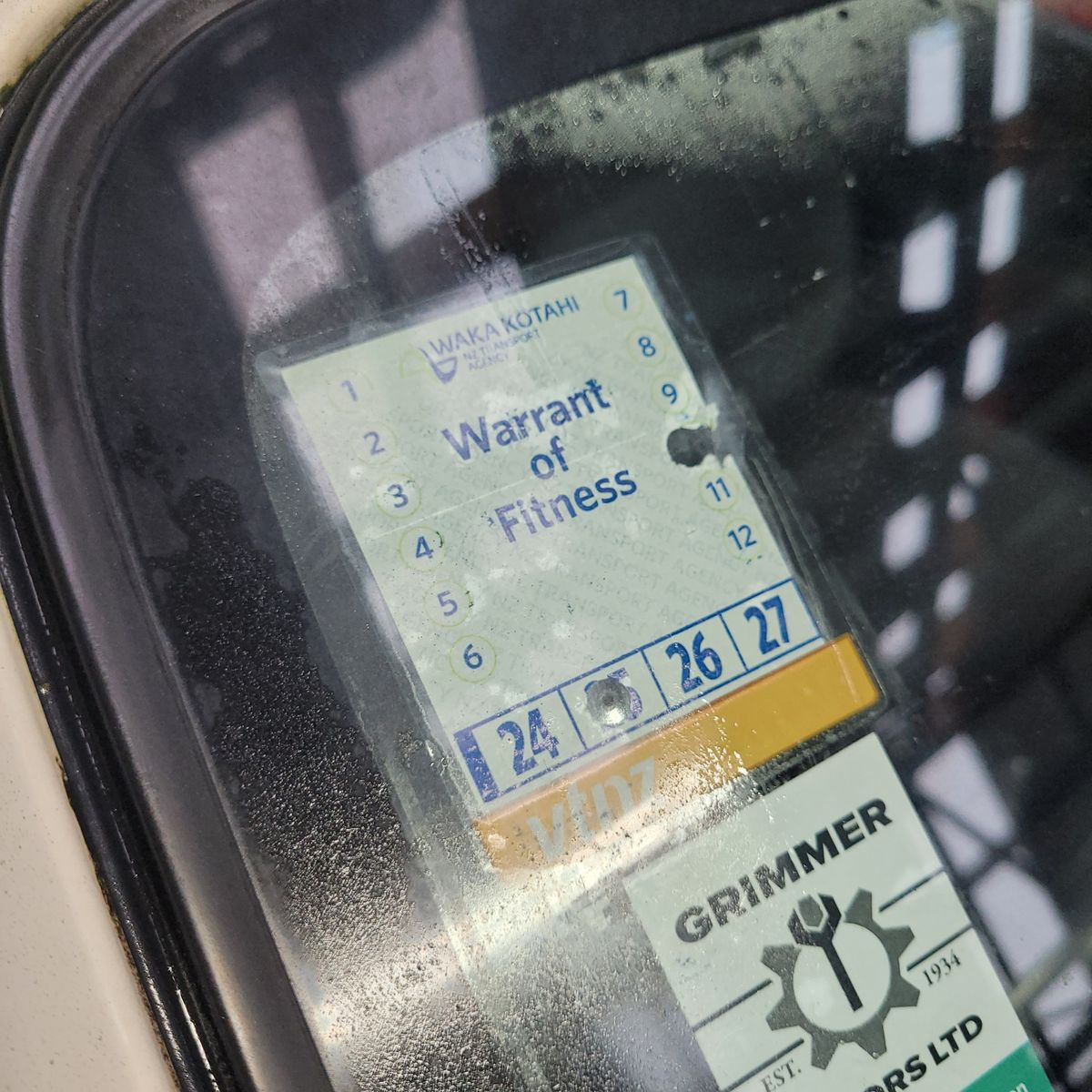New Zealand’s Warrant of Fitness (WOF) system is essential for ensuring vehicles on the road are safe and meet the country’s legal standards. Traditionally, this system has been paper-based, requiring physical inspection reports and certificates. However, with the rise of digital technology, many industries are modernizing their operations. The introduction of an electronic WOF system, or eWOF, offers numerous benefits that go far beyond simply eliminating paper. Here’s a look at why transitioning in 2025 to an eWOF system is a significant improvement for New Zealand’s vehicle inspection processes
1. Improved Efficiency and Speed
The paper-based WOF system involves multiple manual steps, including recording vehicle data, filling out forms, and physically printing and storing certificates. This process can be slow, particularly when errors occur, or paperwork is misplaced. A FREE eWOF system streamlines this process, allowing inspectors to input data directly into a digital system. The information is automatically stored, processed, and available for quick retrieval. The result is a much faster turnaround time for issuing certificates, which benefits both vehicle owners and inspectors.
2. Reduced Human Error
Manual entry of vehicle details and inspection results can lead to human error. Something as simple as misreading a number plate or filling in incorrect VIN information can cause delays or even legal issues. An eWOF system reduces the potential for these errors by automating data entry where possible and incorporating checks to ensure data accuracy. This not only minimizes mistakes but also improves the overall reliability of the inspection process.
3. Enhanced Data Accessibility
One of the significant advantages of moving to an eWOF system is the ease of accessing vehicle information. Under a paper-based system, if a vehicle owner or inspector needs to check the status of a WOF, they have to physically locate the document. With an eWOF system, all data is stored in a centralized digital cloud database, accessible by authorized parties at any time. This not only improves convenience but also ensures that information is readily available in case of disputes, NZTA audits, or vehicle transfers.
4. Greater Transparency and Security
An electronic system brings increased transparency to the WOF process. Digital records can be tracked and audited much more easily than paper records. This means any discrepancies or issues can be quickly identified and addressed. Additionally, an eWOF system enhances security by protecting sensitive data from being lost, damaged, or tampered with—something that is always a risk with physical documents. Digital systems can incorporate encryption and other cybersecurity measures to safeguard information.
5. Environmental Impact
Transitioning to an eWOF system also has significant environmental benefits. The traditional WOF process relies heavily on paper for WOF Check Sheets (with a carbon copy), for records. By moving to a digital system, the need for printing and paper storage is drastically reduced, leading to less waste and a smaller carbon footprint. This aligns with New Zealand’s broader goals of sustainability and environmental responsibility.
6. Convenience for Vehicle Owners
For vehicle owners, an eWOF system provides unparalleled convenience. They no longer need to worry about keeping track of paper WOF Check Sheets or scheduling rechecks if a document is misplaced. Vehicle owners can receive notifications and access their WOF status online, ensuring they stay up to date with vehicle compliance without the stress of managing paperwork.
7. Better Integration with Other Systems
An eWOF system can seamlessly integrate with other digital platforms, such as vehicle registration databases and insurance systems. This integration makes it easier to share data across agencies, improving coordination and reducing redundant processes. In the long run, this could lead to further advancements, such as automatic reminders for WOF renewals.
Conclusion
The move from a paper-based WOF system to an eWOF system in New Zealand is more than just a technological upgrade—it’s a necessary step towards efficiency, accuracy, and sustainability. With benefits that include reduced human error, improved data accessibility, enhanced security, and environmental gains, the eWOF system stands to significantly improve the way vehicle inspections are conducted. This transition will make life easier for vehicle owners and inspectors alike, while also supporting New Zealand’s broader goals of digital innovation and environmental stewardship.
For WOF organizations in New Zealand wanting to get FREE access to a powerful eWOF system, click the link below.
Follow itsallauto.com on Facebook

